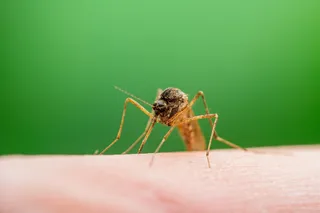Sneezes have taken on many meanings throughout human history. Early Christians considered them divine signs or devilish tricks, while the ancient Greeks interpreted them as omens, both good and bad.
But modern science has replaced all those superstitions with a physiological explanation: Sneezing is an integral part of the immune system, responsible for kicking out any material that tries to enter the body via the nasal passage. It’s essentially a defense mechanism, guarding against germs and irritants that could cause us harm.
“Just like skin is protective for us, part of the nose’s job is to be protective for us,” says Cecelia Damask, an Ear, Nose, and Throat (ENT) at Orlando ENT and Allergy.
Unwelcome objects — like pollen, pet dander, dust motes, and viral particles — enter our sinuses all the time. Sneezing, also known as sternutation, is the body’s way of removing them.
As those invaders land inside ...















